MACHINES AND AUTOMATION
- DESIGN AND DEVELOPMENT OF MACHINES, ON ALL APPLICATION AREA, ARE PROVIDED ALONG WITH AUTOMATION DESIGN ON APPLICATION.
- EITHER FROM CONCEPTUAL DATA OR REVERSE ENGINEERING SEQUENCES ARE EXPLAINED WITH CAI/CAE/MBD/BASICS SOFTWARE PROGRAM.
- SEQUENCE AND PROCEDURE ARE SAME, FOR INSTITUTION, PROFESSIONALS, INDUSTRY AND RESEARCH APPLICATION IN MECHANICAL BASED.
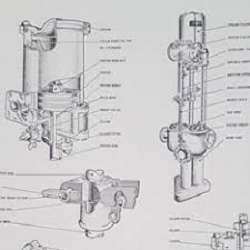
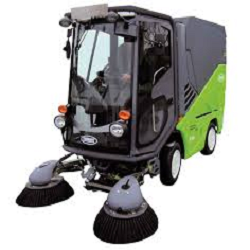
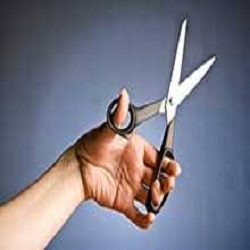
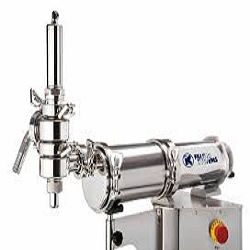
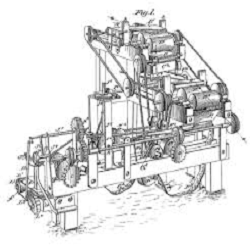
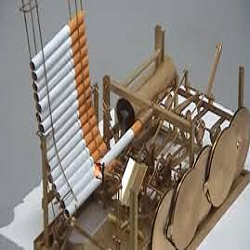
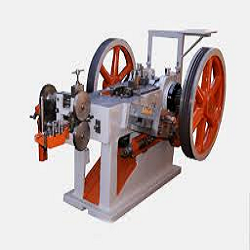
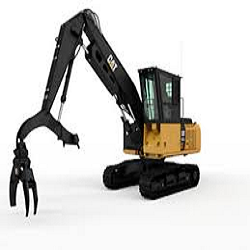
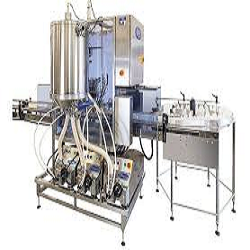
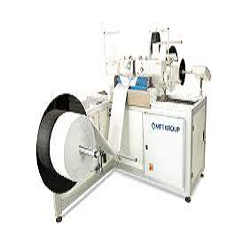
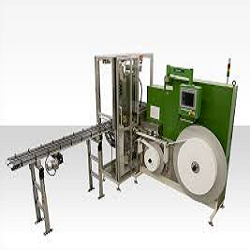
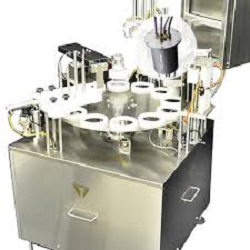
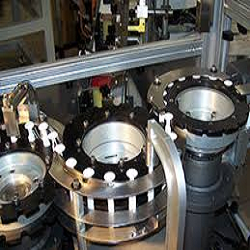
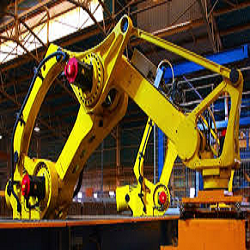
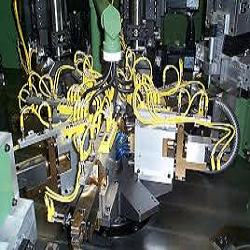
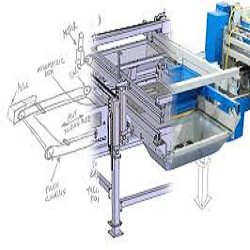
Machine tool, any stationary power-driven machine that is used to shape or form parts made of metal or other materials. The shaping is accomplished in four general ways: (1) by cutting excess material in the form of chips from the part; (2) by shearing the material; (3) by squeezing metallic parts to the desired shape; and (4) by applying electricity, ultrasound, or corrosive chemicals to the material. The fourth category covers modern machine tools and processes for machining ultrahard metals not machinable by older methods.
Before the Industrial Revolution of the 18th century, hand tools were used to cut and shape materials for the production of goods such as cooking utensils, wagons, ships, furniture, and other products. After the advent of the steam engine, material goods were produced by power-driven machines that could only be manufactured by machine tools. Machine tools (capable of producing dimensionally accurate parts in large quantities) and jigs and fixtures (for holding the work and guiding the tool) were the indispensable innovations that made mass production and interchangeable parts realities in the 19th century.
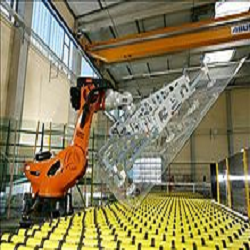
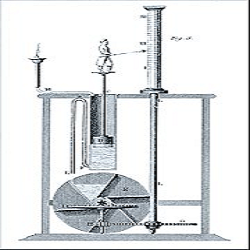
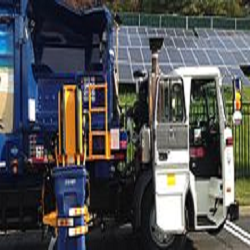
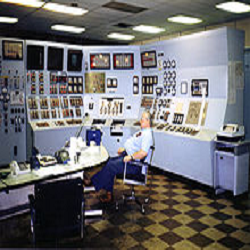
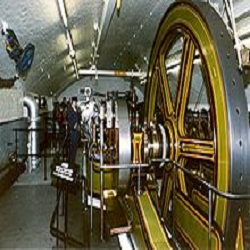
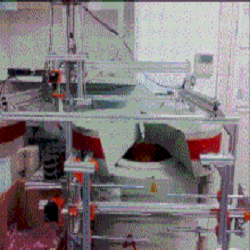
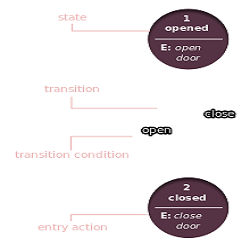
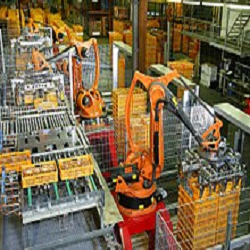
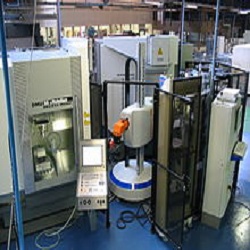
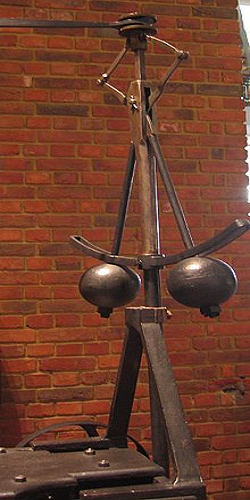
Automation is the technology by which a process or procedure is performed with minimum human assistance.[1] Automation [2] or automatic control is the use of various control systems for operating equipment such as machinery, processes in factories, boilers and heat treating ovens, switching on telephone networks, steering and stabilization of ships, aircraft and other applications and vehicles with minimal or reduced human intervention. Some processes have been completely automated.Automation covers applications ranging from a household thermostat controlling a boiler, to a large industrial control system with tens of thousands of input measurements and output control signals. In control complexity it can range from simple on-off control to multi-variable high level algorithms.In the simplest type of an automatic control loop, a controller compares a measured value of a process with a desired set value, and processes the resulting error signal to change some input to the process, in such a way that the process stays at its set point despite disturbances. This closed-loop control is an application of negative feedback to a system. The mathematical basis of control theory was begun in the 18th century, and advanced rapidly in the 20th.Automation has been achieved by various means including mechanical, hydraulic, pneumatic, electrical, electronic devices and computers, usually in combination. Complicated systems, such as modern factories, airplanes and ships typically use all these combined techniques. The benefit of automation include labor savings, savings in electricity costs, savings in material costs, and improvements to quality, accuracy and precision.
Automation, the application of machines to tasks once performed by human beings or, increasingly, to tasks that would otherwise be impossible. Although the term mechanization is often used to refer to the simple replacement of human labour by machines, automation generally implies the integration of machines into a self-governing system. Automation has revolutionized those areas in which it has been introduced, and there is scarcely an aspect of modern life that has been unaffected by it.
Historical Development Of Automation The technology of automation has evolved from the related field of mechanization, which had its beginnings in the Industrial Revolution. Mechanization refers to the replacement of human (or animal) power with mechanical power of some form. The driving force behind mechanization has been humankind’s propensity to create tools and mechanical devices. Some of the important historical developments in mechanization and automation leading to modern automated systems are described here.The first tools made of stone represented prehistoric man’s attempts to direct his own physical strength under the control of human intelligence. Thousands of years were undoubtedly required for the development of simple mechanical devices and machines such as the wheel, the lever, and the pulley, by which the power of human muscle could be magnified. The next extension was the development of powered machines that did not require human strength to operate. Examples of these machines include waterwheels, windmills, and simple steam-driven devices. More than 2,000 years ago the Chinese developed trip-hammers powered by flowing water and waterwheels. The early Greeks experimented with simple reaction motors powered by steam. The mechanical clock, representing a rather complex assembly with its own built-in power source (a weight), was developed about 1335 in Europe. Windmills, with mechanisms for automatically turning the sails, were developed during the Middle Ages in Europe and the Middle East. The steam engine represented a major advance in the development of powered machines and marked the beginning of the Industrial Revolution. During the two centuries since the introduction of the Watt steam engine, powered engines and machines have been devised that obtain their energy from steam, electricity, and chemical, mechanical, and nuclear sources




